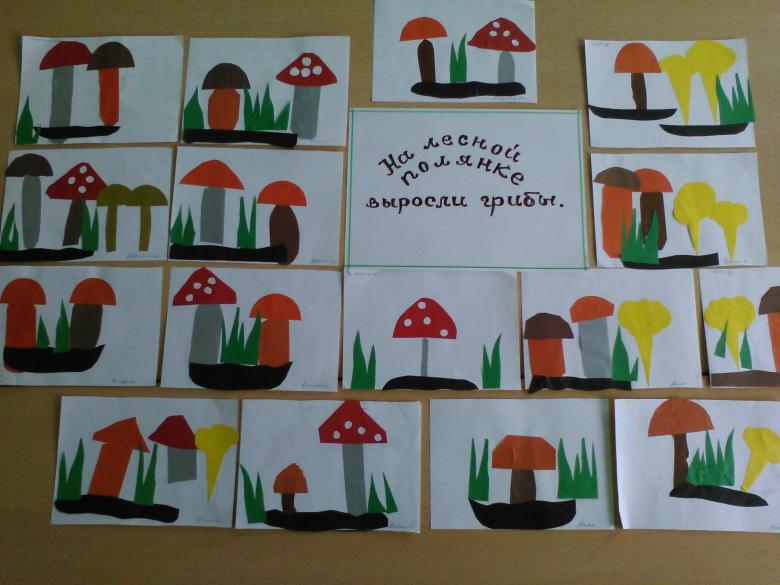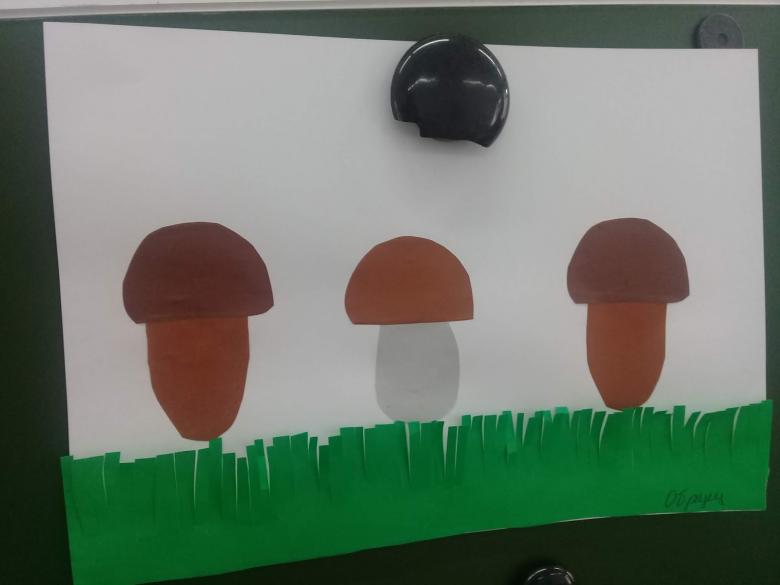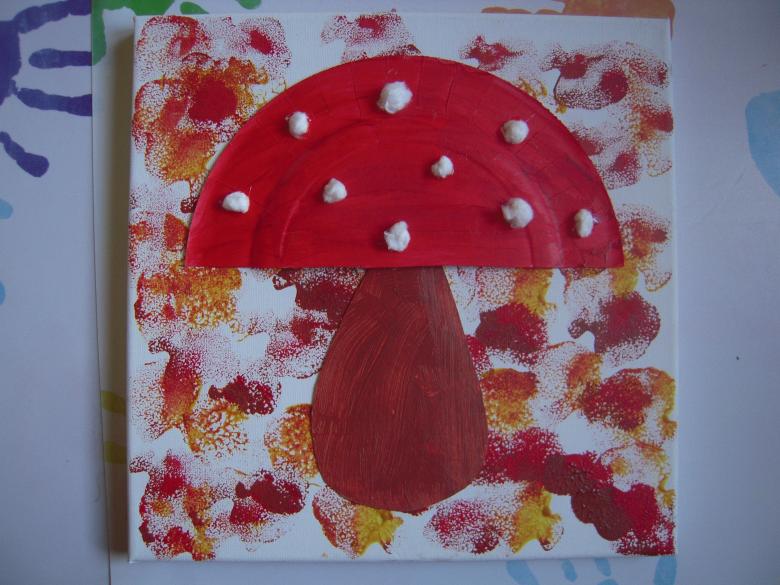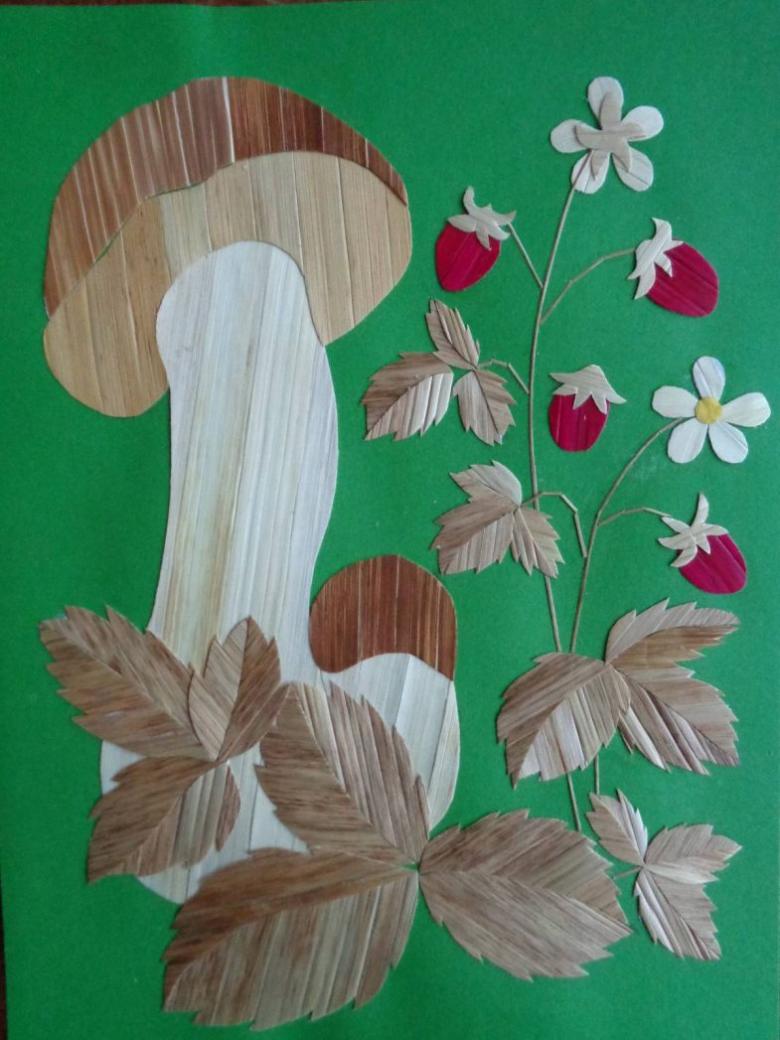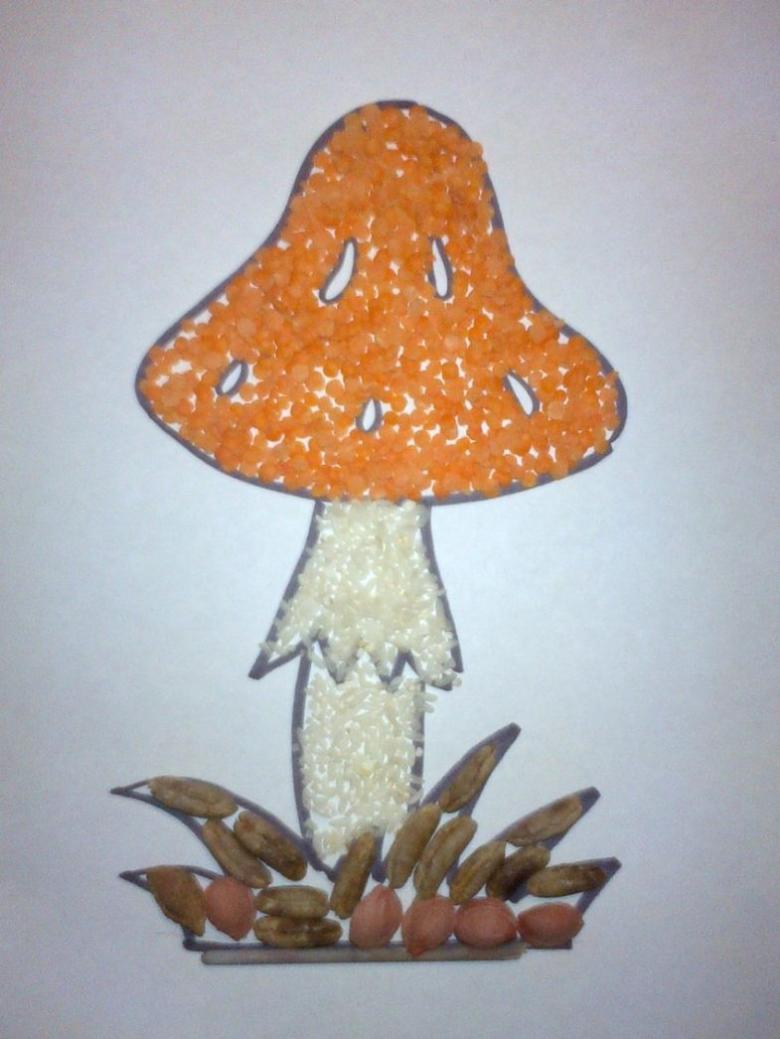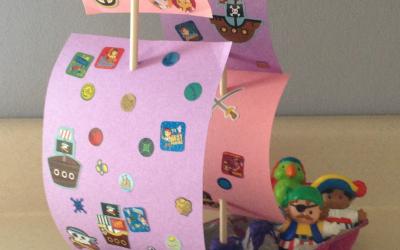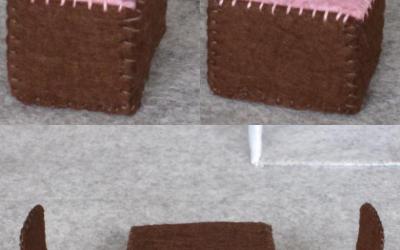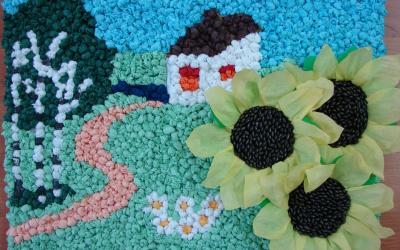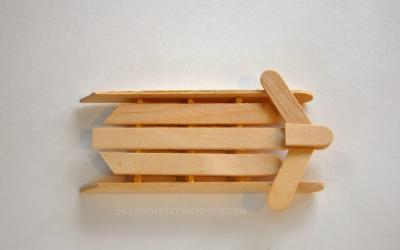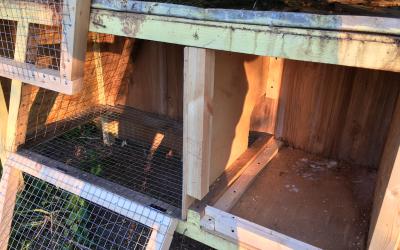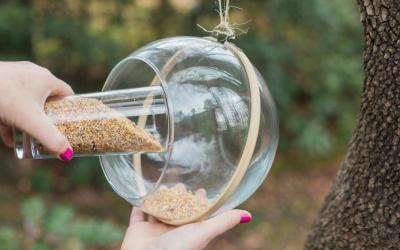Applications mushrooms for junior, middle and senior group - original photo ideas and step by step master classes
Application - this is one of the most common types of creativity. It allows children to study the world around them, gives an idea of color, shape, size of objects. Classes contribute to the versatile development of the child.

One of the works offered in preschools is a mushroom applique. Depending on the complexity and chosen technique, it is offered to children in the younger, middle and older group.

Variants of applique for different ages
Mushroom applications differ in the variety of materials used and the complexity of the work. The teacher chooses the option depending on the abilities and age of the children.
- Infant and toddler group. This category includes children aged from 2 to 4 years. Works are distinguished by simplicity and lack of details. The number of elements is 2-3. All templates are prepared in advance, cut out. The task of the children is to smear the details with glue and glue them in the correct sequence.
- The middle group. The category includes children of 4-5 years old. Applique becomes more complicated, the number of details increases, the plot is present. Work can be directed to the study of size, counting. The use of different techniques is allowed.
- The older group. The category includes children older than 5 years. The works are offered of many details, of particular interest are three-dimensional crafts, a variety of compositions. For example, applique of a hedgehog with mushrooms. Details offer children to draw and cut out on their own. At this age, the skill of drawing on a template and cutting out is practiced.

To make the work interesting for children, experts recommend choosing bright colors of templates and a variety of subjects.

Paper collage
Applique mushroom from paper is characterized by a variety of techniques and examples of work. Children can be offered activities of varying complexity, aimed at both the youngest and older age.

For work you will need:
- a template of a mushroom for applique (it can be an individual mushroom or a composition of several elements);
- colored paper;
- tissues;
- scissors;
- glue;
- colored pencils.

Using templates
The easiest way to create a mushroom applique from paper is to use ready-made templates. For the lesson, you will need to prepare sheets on which the details of the mushroom are printed in advance.
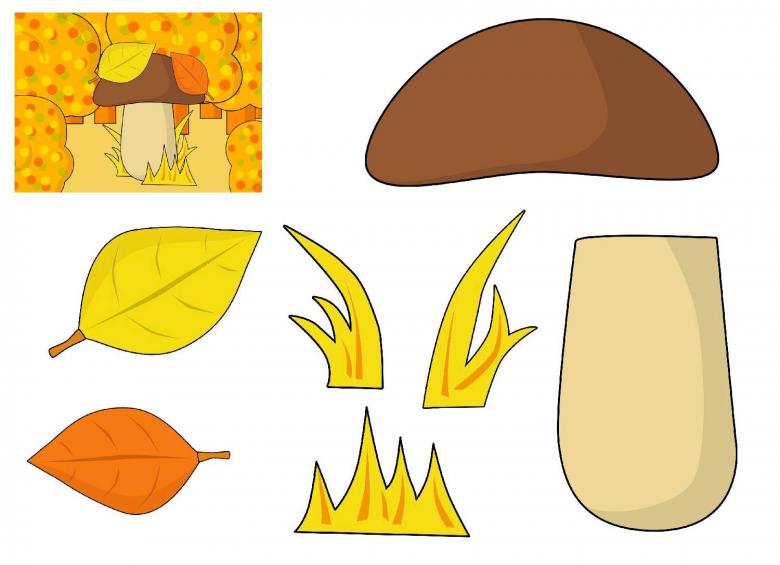
Such activities are suitable for the younger and middle groups, where it is a task to teach children to make a composition of 2-4 parts. The number of blanks should be 2-3 more than the number of children.
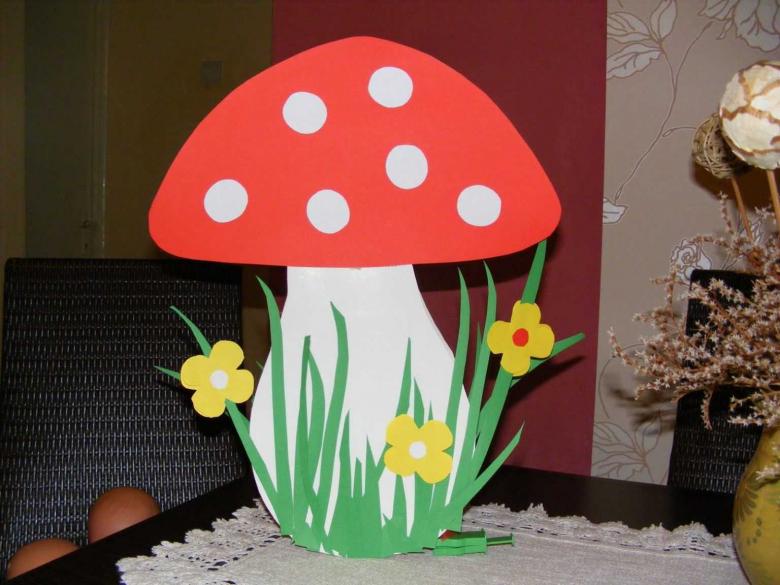
The work is carried out in several stages.
- Children are shown a sheet with printed templates. They discuss each part, how it looks, what part of a mushroom it is.
- In the middle group, where the children have scissors, they cut out the blanks themselves.
- All parts are placed on a sheet of colored cardboard. If the picture turns out to be correct, the template is glued to the base.

Making the work more complex and interesting allows the use of different compositions. You can ask children to make a collage of a basket of mushrooms or mushrooms on a forest glade.

Tear-off technique
For the development of fine motor skills and the formation of finger grip, the tear-off technique is of interest. It is based on tearing off pieces of paper that are used to fill in the template.
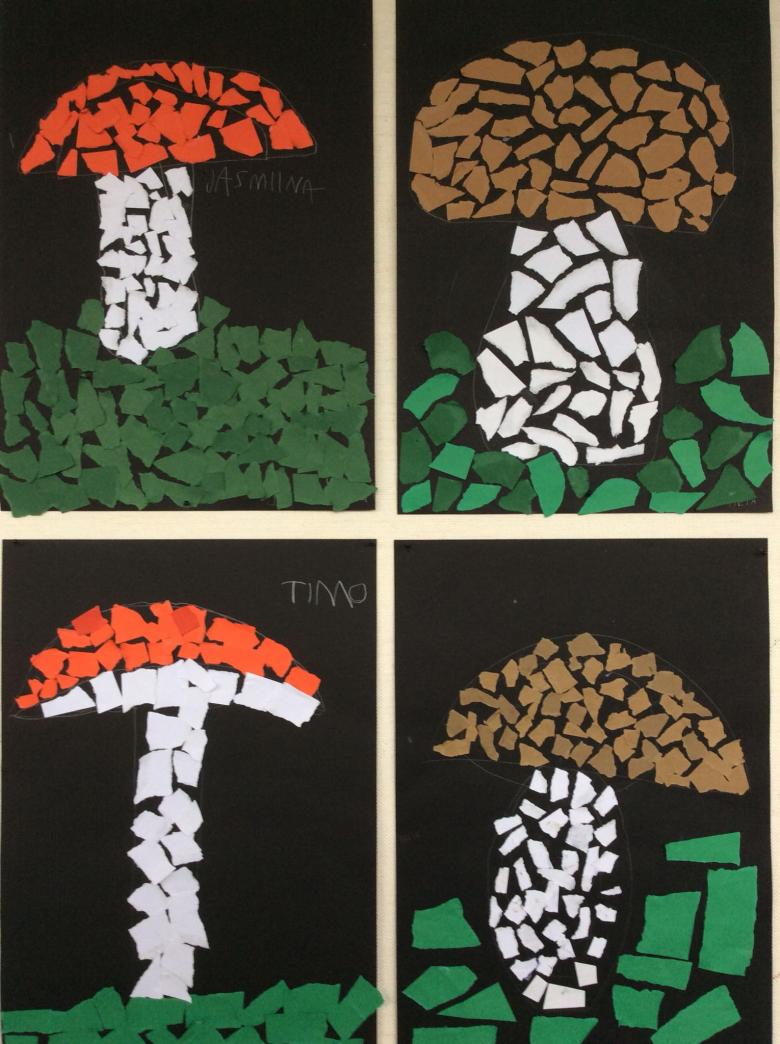
For tear-off mushroom applique, you will need to prepare a template with an outline, colored paper and glue. The mushrooms should be in the form of a black and white outline, the hedgehog - in color.
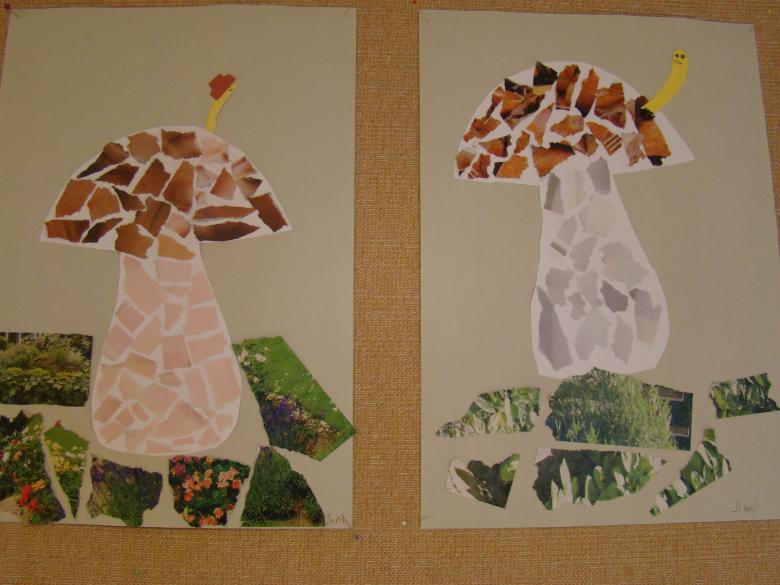
Sequence of work:
- Children carefully study the picture. It can be a mushroom in a clearing, a hedgehog with mushrooms or any other picture. The mushroom is not colored.
- The teacher explains that the task of the children is to fill in the outline of the mushroom. The leg pieces of white paper, cap - brown.
- Children make a blank piece of white and brown paper, opening a large sheet.
- The pieces are glued to the template with glue (it is better to use a pencil).
The complexity of the work and its size is chosen depending on the age of children.
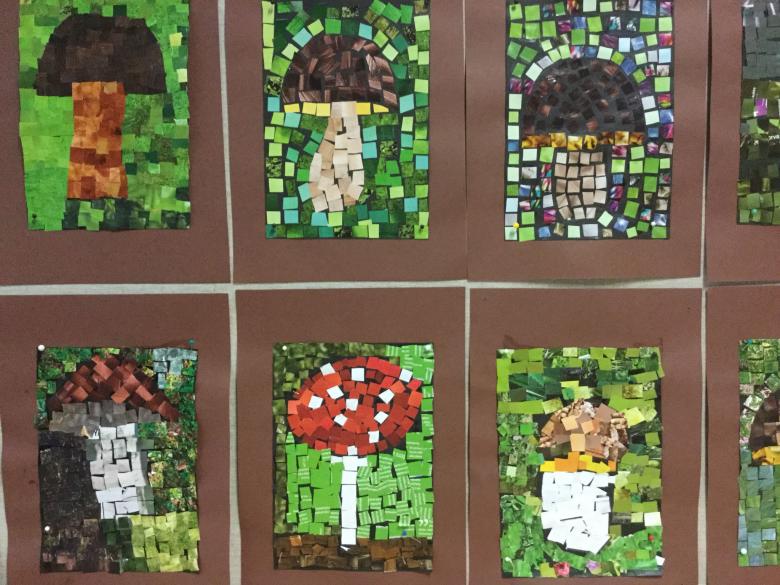
The technique of clumps
Technique of lumps is more suitable for children of the older group. For its implementation, paper napkins (white and brown or red), glue and a mushroom template will be needed.

Sequence of work.
- The teacher explains to the children the features of the technique. For work it is necessary to prepare a sufficient number of lumps. To do this, open a piece of the napkin and roll it into a ball.
- Children carefully study the pattern. They explain the color of the hat and the color of the foot.
- On the foot they apply glue (PVA is better). On the smeared surface evenly distribute lumps and gently press them.
- Repeat steps with the cap of the mushroom.
Children in medium-sized groups may be offered to fill in the technique of lumps just the cap, and the leg - color with colored pencils.
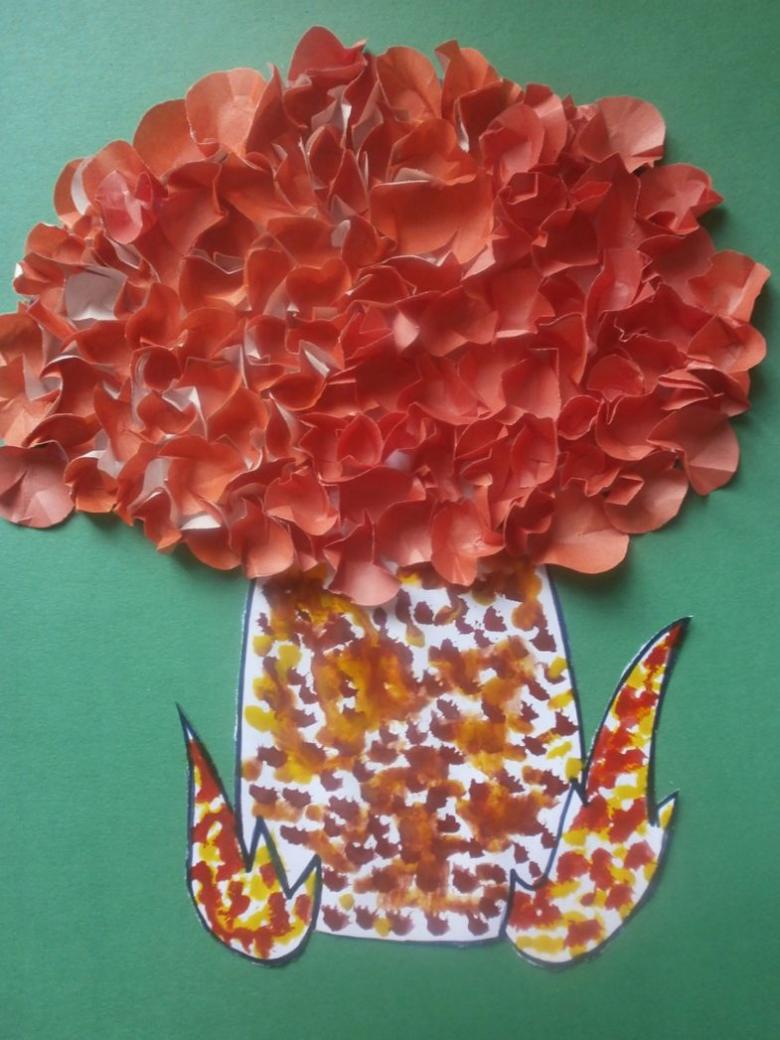
Plasticine applications
An interesting alternative to working with paper is plasticine. It offers several techniques for children to create an applique.

For work you will need:
- soft plasticine (it is better to take Kroha or wax other manufacturers);
- template mushroom;
- stack;
- board for working with clay.
For children in the middle and older groups offer several techniques - from balls, twists or smearing.

From balls.
Applique from balls of plasticine is suitable for the middle and older group. Younger children are asked to fill in only the cap of the mushroom, while older children are asked to complicate the work by adding elements or changing the size of the template. The technique is based on the creation of spheres of plasticine, which are sequentially filled in the workpiece.

Sequence of work:
- Children are shown the mushroom template. He carefully considered and discussed, stipulating what color the stem should be, and what the cap.
- Show how to roll a ball. To do this, tear off a small piece of clay and roll a ball. It is important that the balls were the same size. The beauty of the work depends on it.
- Children roll balls of the right color and glue them to the template, starting from the outline, gradually moving toward the center.
The work is complete if the whole pattern is filled with the same color balls.

Twisting.
Technique of twisting requires children skill of rolling "sausages. It promotes the development of assiduity, attentiveness, and shapes ideas of size. Peculiarity of the technique in rolling twists of plasticine of equal thickness.
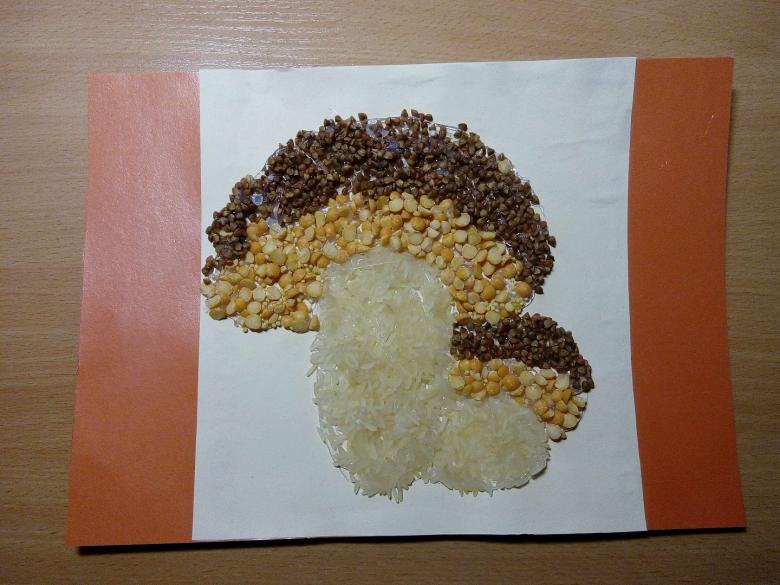
Sequence of work.
- Children study the template. A simple version of a mushroom without additional elements should be used for work.
- The teacher shows how to roll a "sausage". To do this, he takes a small piece of clay and roll it between the hands.
- Children repeat the operation. The first curl glued to the template. The second - after it, continuing to trace the contour.
- Work start with a contour, gradually moving to the center.

Work is considered completed correctly if the twists are of the same thickness and the entire template is filled evenly. You can diversify the activity by suggesting that children come up with their own way of filling in (spiral, from top to bottom, from the center, hatching).
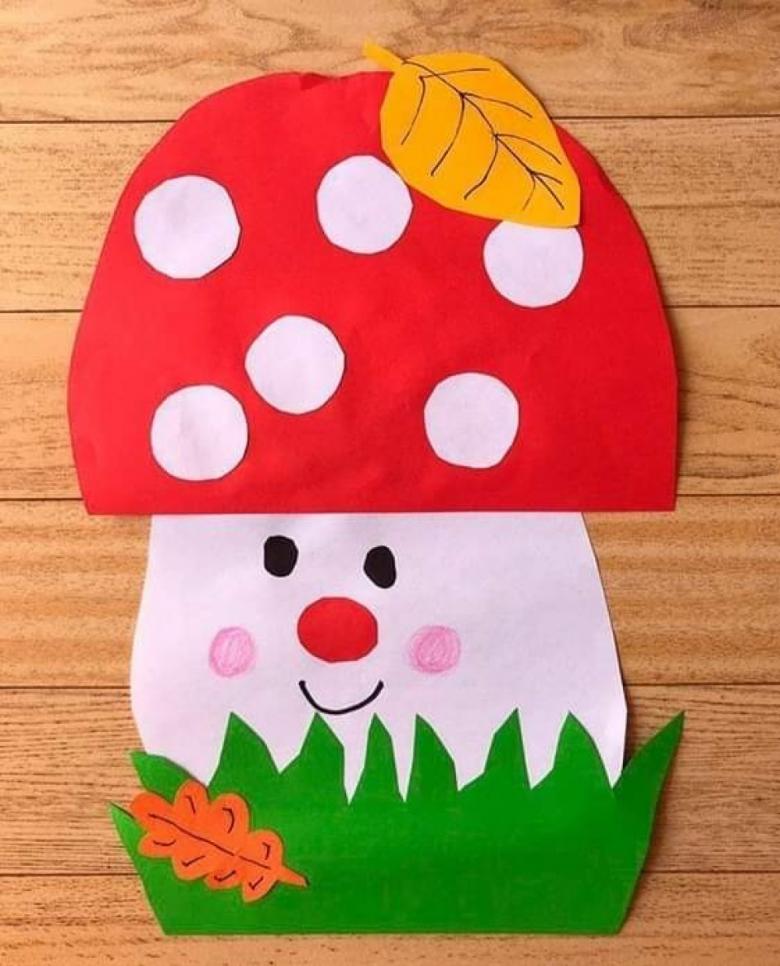
Smearing Technique
The smearing technique promotes the development of fine motor skills. The peculiarity of the technique is that the child tears off a small piece of plasticine from the main piece and smears it on a template.

Sequence of work:
- Children are shown a template of a mushroom. He carefully considered and discussed, stipulating what color should be the foot, which cap.
- They show how to tear off a small piece of plasticine and smear it on the template. It is important that the material covers the template tightly and does not go out of contours.
- Children putty first the cap of the mushroom, then the foot. Work begin with the outline, gradually moving toward the center.
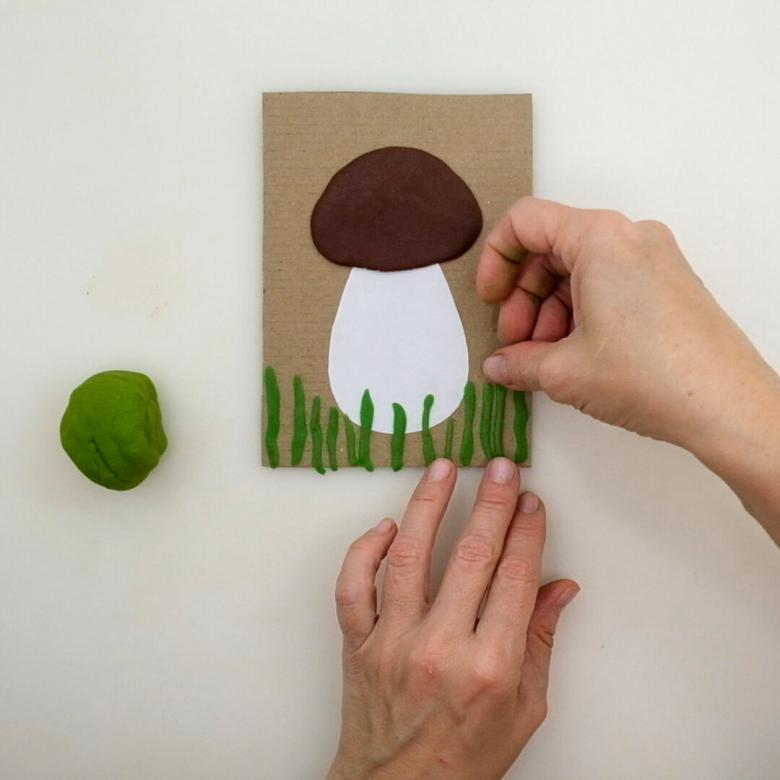
The work is considered complete if the entire template is filled evenly with clay without going beyond the contours.

Application allows you to develop the child's creativity and imagination. It promotes accuracy and precision. While working, children learn to compose a composition, to take into account the size of objects. Due to the variety of techniques mushroom applique will be of interest to children of all ages.


